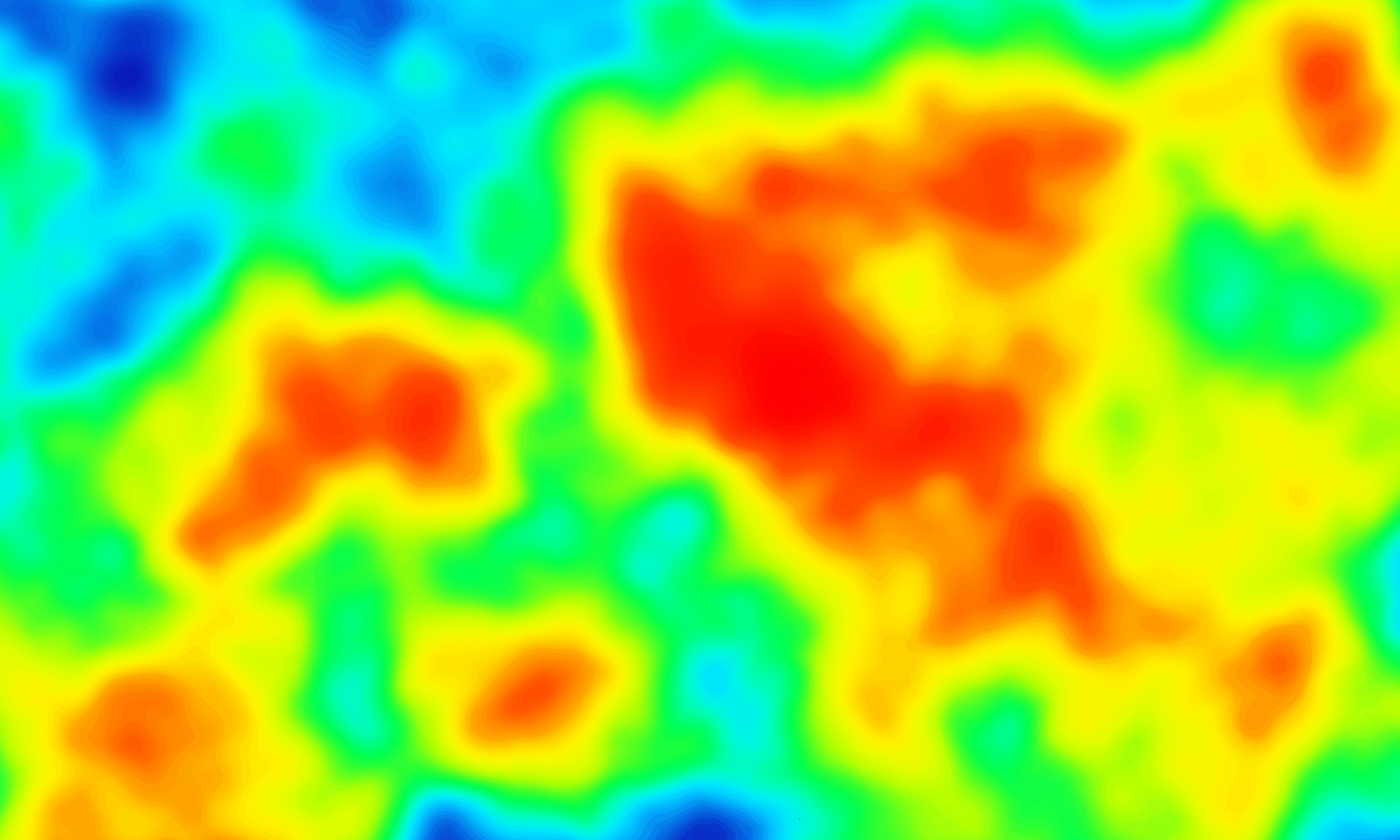
Applications of Technology:
- Deep-tissue biological imaging
- Subsurface material analysis
- Night vision technology
- Detector development
Benefits:
- Enables imaging in previously inaccessible wavelengths
- Deep subsurface access and reduced photodamage in imaging applications
- Customization of excitation and emission profiles
Background: Existing imaging technologies are constrained by limited spectral ranges for excitation and emission. The short-wave infrared (SWIR, 1700 – 3000 nm) region offers advantages such as enhanced subsurface penetration and reduced photodamage. However, current luminescent probes cannot operate effectively in this range due to inherent material limitations. Upconverting nanoparticles present a solution, capable of absorbing SWIR light and emitting in the visible and near-infrared regions.
Technology Overview: Scientists at Berkeley Lab have developed lanthanide-based upconverting nanoparticles (UCNPs) that efficiently convert light in the short-wave infrared (SWIR) to wavelengths detectable by conventional silicon detectors.
Unlike existing optical probes, these nanoparticles can be excited at long wavelengths (1740 nm or 1950 nm), enabling deep tissue penetration and reducing photodamage in medical imaging contexts. Researchers used differential rate modeling to determine concentrations of dopants (Ho3+/Tm3+ and Tm3+) that exhibit strong visible or NIR-I emission following SWIR excitation. The upconverted photoluminescence excitation spectra show that cores doped with various percentages of these dopants have unique capacities for excitation and emission, allowing for customizable emission profiles. This technology represents a significant advancement in vision technologies, creating new possibilities for bioimaging and material analysis in the SWRI spectral window.
Development Stage: Proven principle (TRL 3 – Analytical and experimental critical function and/or characteristic proof of concept).
Principal Investigators: Bruce Cohen, Emory Chan, Peter J Schuck, Xiao Qi, Changhwan Lee
Additional Information: https://pubs.acs.org/doi/abs/10.1021/jacs.4c11181.
IP Status: Patent pending.
Opportunities: Available for licensing or collaborative research.